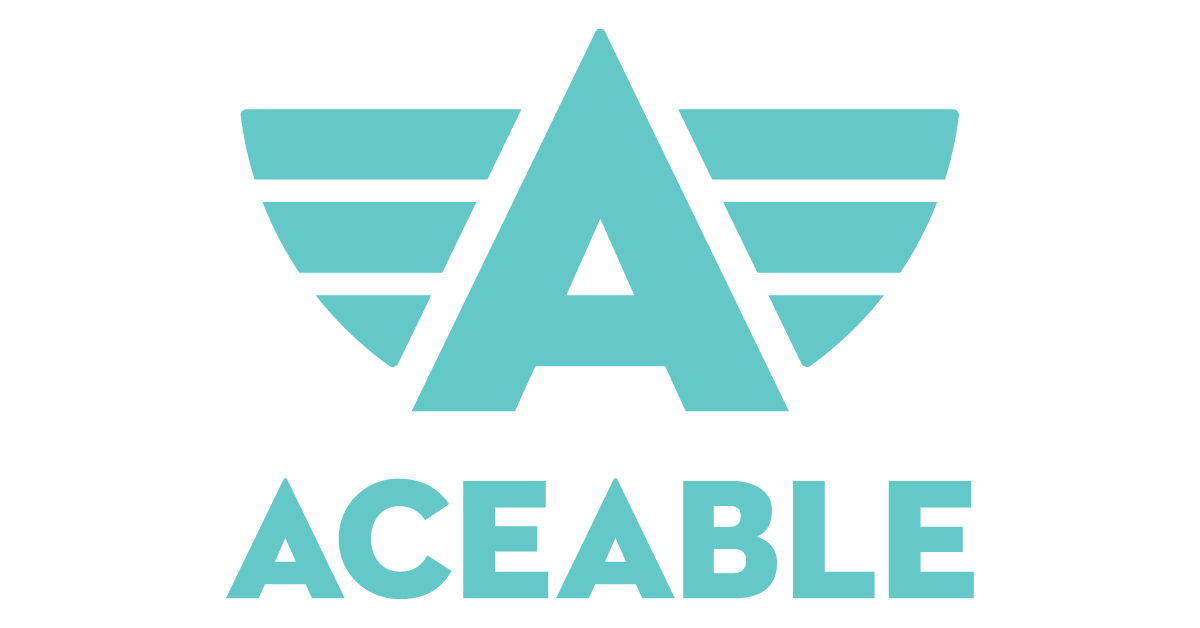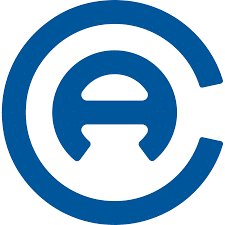Affiliate Disclosure: Automoblog and its partners may earn a commission if you purchase courses offered by the driver’s education providers outlined below. These commissions come to us at no additional cost to you. Our research team has carefully vetted dozens of driver’s education providers. See our Privacy Policy to learn more.
Crash Course:
- Parent-taught driver’s ed is available in Texas, Oklahoma, and Idaho.
- These programs help families save money on costly driver training schools.
- Parent-taught driver’s education programs allow parents to become classroom and behind-the-wheel instructors.
Are you considering enrolling your teen in parent-taught driver’s ed? These programs provide an excellent alternative to traditional driver’s ed schooling and can help families save money on driving lessons. Learn about program availability, what to expect, and how to get started below.
What Is Parent-Taught Driver’s Ed?
Parent-taught driver’s ed serves as an alternative to traditional classroom driver education.
In parent-taught driver’s ed, the parent takes on the role of a standard driving instructor, allowing the teen to complete their lessons in comfortable and familiar settings.
Parent-Taught Driver’s Ed vs. Standard Driver’s Ed
Parent-taught driver’s ed courses adhere to the same regulations as standard driver’s ed courses in public or commercial schools. For this reason, course material in the two types of courses remains very similar – or identical. The primary difference between these two types of courses involves the instructor and the setting.
Parent-Taught Driver’s Ed vs. Homeschool Driver’s Ed
Many homeschool driver’s ed programs require parents to enroll their teens in professional driving school in addition to home driver’s ed lessons. However, a parent instructor provides behind-the-wheel instruction and observation in parent-taught driver’s ed.
Parent-Taught Driver’s Ed vs. Supervised Driving Practice
Parent-taught driver’s ed is not to be confused with supervised driving practice. Parent-taught driver’s ed refers to classroom-style lessons and behind-the-wheel instruction, whereas supervised driving practice refers to practice a teen must complete outside driver’s ed.
Most states require teens to complete a specific amount of supervised driving practice time in addition to a standard or parent-taught driver’s ed course. During this practice, a parent, guardian, or licensed driver of a specified age and experience level – and with an appropriate driving record – must observe the teen in-car and record driving times and dates.
Pros and Cons of Parent-Taught Driver’s Ed
Parent-taught driver’s ed helps make driver’s ed more accessible for high school students or teens in specific states. However, the program may not be for every family. Take a look at some of the benefits and drawbacks of working toward a driver license through parent-taught driver’s ed below.
| Pros | Cons |
| •Comfortable learning environment •Cost savings compared to professional schools •Choice of driving instruction vehicle •Parents have direct involvement in child’s education •Self-paced | •Extra paperworkTeaching teen drivers can be stressful •Limited options for vehicle driving experience •Fewer educational resources available |
Can I Take Parent-Taught Driver’s Ed In My State?
While many states offer some form of homeschool or online driver education alternative to classroom driver’s ed, very few provide an approved parent-taught driver’s ed program. At this time, state-approved parent-taught driver’s ed programs only exist in Texas, Oklahoma, and Iowa.
What To Expect From Parent-Taught Driver’s Ed
Since a parent-taught driver education course requires parents to take on the role of driving instructor and provide the classroom, parents will need to take on additional responsibilities during the process. Some common steps in the parent-taught driver’s ed process include:
- Registering as a parent or legal guardian driver’s ed instructor
- Requesting and receiving parent-taught driver’s ed packets and log sheets
- Adhering to approved driver’s ed materials
- Providing responsible, safe behind-the-wheel instruction and driving test preparation
- Submitting all driving logs and other required forms
Many online driver’s education providers offer parent teaching guides and courses designed for parent-teachers. These help parents address the challenges of working toward a learner’s permit and teaching young drivers safe driving skills.
Steps required for parent-taught driver education programs vary by location. Check with your state’s licensing authority to learn more.
Getting Started
Texas teens and parents interested in the parent-taught driver’s ed program can start by visiting the Texas Department of Licensing and Regulation (TDLR) parent-taught driver education resource page to learn more about the TDLR-approved course. Upon completion, a TDLR-approved course provider will issue a Texas Driver Education Certificate of Completion.
Oklahoma parents can learn more about their state’s Department of Public Safety (DPS) program on the Oklahoma DPS-Approved FAQ page. While Parent Taught Driver Education (PTDE) is designed for students to work at their own pace, keep in mind that it is not a fast track way to complete driver education. Students are required to complete 30 hours of classroom training and 55 hours of actual behind the wheel training.
Iowa residents can find everything they need about parent-taught driver’s ed and individual eligibility on the Iowa DOT Parent Taught Driver Education program guide. In Iowa, these students must be between 14 and 21 years of age. After completing the course and the behind-the-wheel instruction, the parent will submit the online Application for Parent-Taught Driver Education Certificate of Completion. In addition to the approved course completion certificate or grade report, the parent must upload a copy of a completed driving log documenting 30 hours of driving.
Other Helpful Reads
Want to know more about driver’s ed, online course options, or learner license requirements in your state? Check out our helpful driver’s ed requirements guide, or visit our list of best online driver’s ed course providers.
Image by LIGHTFIELD STUDIOS via Abobe Stock.




